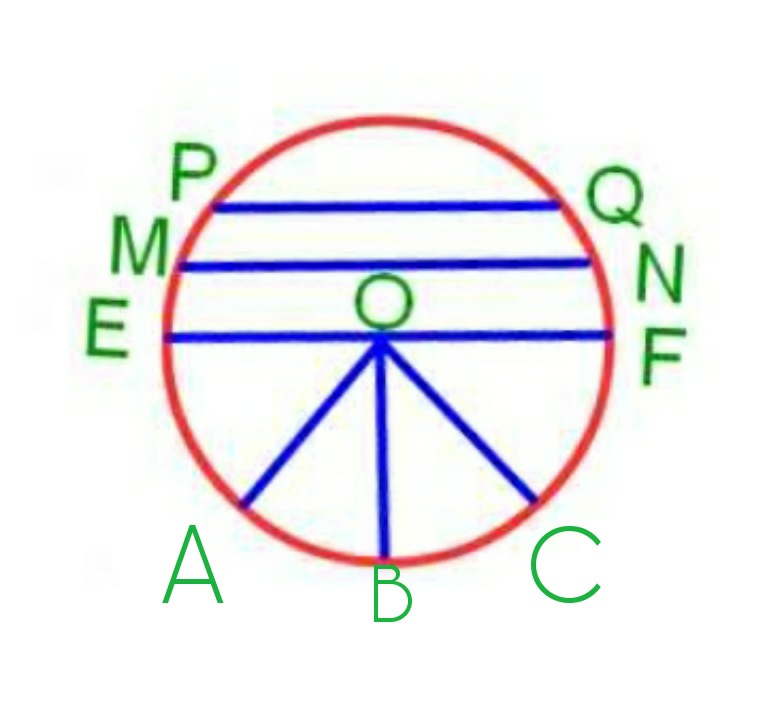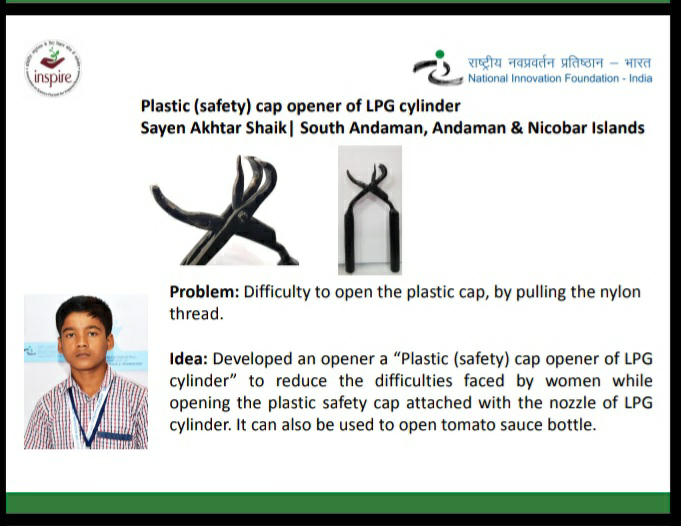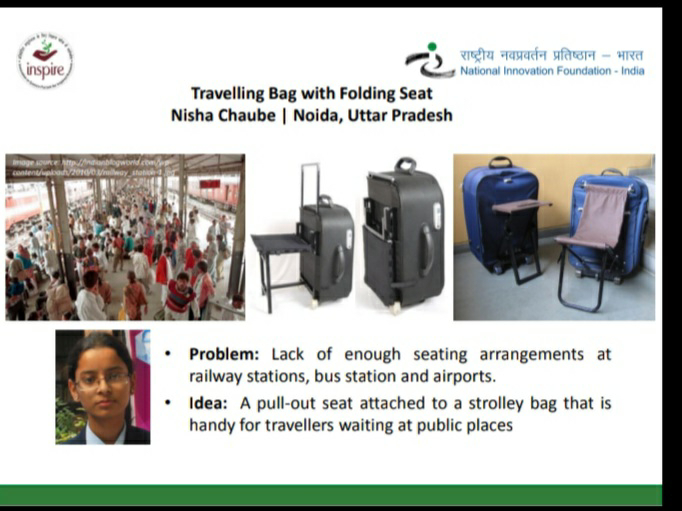Question 1:
Fill in the blanks with the proper word from the brackets.
(radiation, white, conduction, blue, convection, bad conductor, good conductor, black, reflection)
(a) Maximum heat is absorbed by a ................ coloured object.
(b) ...................... of heat does not require a medium.
(c) Conduction of heat takes place through a .......................... substance.
(d) The shining surface in a thermos flask decreases the outgoing heat by ......................... .
(e) Cooking utensils are made from metals due to their property of ................. .
(f) The earth receives heat from the sun by .................... .
ANSWER:
(a) Maximum heat is absorbed by a black coloured object.
(b) Radiation of heat does not require a medium.
(c) Conduction of heat takes place through a good conductor substance.
(d) The shining surface in a thermos flask decreases the outgoing heat by reflection.
(e) Cooking utensils are made from metals due to their property of conduction.
(f) The earth receives heat from the sun by radiation.
Page No 63:
Question 2:
What will absorb heat?
Steel spoon, wooden board, glass vessel, iron griddle (tava) , glass, wooden spoon , plastic plate, soil, water, wax
ANSWER:
Steel spoon, iron griddle, water, soil and wax will absorb heat.
Page No 63:
Question 3:
Write answers to the following question.
(a) How does a fever get lowered by putting a cold compress on the forehead of a patient ?
(b) Why are the houses in Rajasthan painted white ?
(c) What are the modes of heat transfer ?
(d) Explain which mode of heat transfer causes sea breezes and land breezes.
(e) Why is the outer coat of the penguins of Antarctica black ?
(f) Why are heaters fitted near the floor and air conditioners, near the ceiling of a room ?
ANSWER:
(a) Cold compress is made up of material that absorbs heats. Thus, by putting it on the forehead of a patient suffering from high fever, the heat flow takes place from the head of the patient to the cold compress. Therefore, the cold compress absorbs heat from the patient's body and lowers the body temperature.
(b) White colours are reflectors of heat. Thus, Rajasthan, a very hot city, has houses with their walls painted white so that most of heat from the Sun is reflected back to the atmosphere. This keeps the houses cool from inside.
(c) There are three modes of heat transfer:
- Conduction: Conduction is a process in which heat is transferred from the hotter end of an object to its cooler end.
- Convection: The process of transference of heat through a fluid (liquid or gas) is called convection.
- Radiation: Radiation is a method of heat transfer which does not require a medium.
(d) Convection causes sea breeze and land breeze. Heat transfer through fluids takes place by the process of convection.Sea breeze: It is the wind that blows from the sea or the oceans towards the land. It develops during day time when the land heats up quickly. Also, the water heats up slowly as compared to land due to which water in the sea and oceans is relatively cooler than land. Therefore, the air near the land becomes hot and rises up and the cold air from sea takes the place of hot air. The hot air than moves toward the sea to complete the cycle.
Land breeze: It is the wind that blows from the land towards the sea or the oceans. It develops during night time. Land cools down faster than water. Therefore, during night time, land is cooler than sea. Hence, cool air from the land blows towards the sea. This is called the land breeze.
(e) Black colour is good absorbers or trappers of heat. So, in cold regions like Antarctica, the black outer coating of Penguins helps them to absorb as much heat from the surrounding and keep their bodies warm.
(f) Room heaters are fitted near the floor because this allows the hot air near the heater to rise up and warm the entire room.
The air conditioners are fitted near the ceiling, so that the cold air from the AC takes the place of hot air rising up from the bottom. In this way, the entire room gets cooled.
Page No 63:
Question 4:
Give scientific reasons.
(a) An ordinary glass bottle cracks when boiling water is poured into it, but a borosil glass bottle does not.
(b) The telephone wires which sag in summer become straight in winter.
(c) Dew drops form on the grass in winter.
(d) In winter, why does an iron pillar feel colder than a wooden pole ?
ANSWER:
(a) Normal glass is an insulator which means it is a poor conductor of heat. When boiling water is poured into a glass tumbler, the surface of the glass which is in contact with the hot water heats up and expands as per its coefficient of thermal expansion. But the outer layer of the glass remains cold and does not expand (since glass is a poor conductor and does not transfer heat quickly). This difference in thermal expansion causes thermal stress which eventually leads to cracking.
Borosil glasses have very low coefficients of thermal expansion which makes them resistant to thermal shock, more than any other common glass. So, Borosil glass does not crack when hot liquid is poured in it, but normal glass cracks.
(b) In summers, the surrounding temperature is very high. Due to this high temperature, the metallic telephone wires are heated up and thus expands in length. Due to this, they sag down.
In winters, the surrounding temperature is very low. Due to this low temperature, the metallic telephone wires are cooled down and thus contracts in length. Due to this, they become straight.
(c) In winters, the temperature of the air near the grass decreases to dew point. Thus, the air becomes saturated with water vapour. As a result, water vapour condenses into tiny water droplets which appears on the surface of the grass.
(d) An iron pillar feels colder than a wooden pole in winter because the thermal conductivity of iron is very high as compared to wood. So, when you touch wooden pole, heat from your finger warms the wooden pole just at that place but isn't conducted away. But for iron pillar, the heat conducts away rapidly from your finger to the whole pillar and your finger then keeps trying to supply more heat until it is as cold as the iron. So, the iron pillar feels colder because it doesn't warm under your finger like the wooden pole.




























